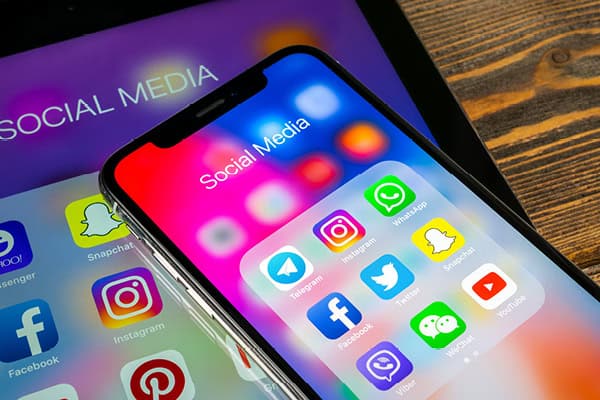It is imperative to understand that students with disabilities are not disabled, writes Don Ringelestein, CETL, executive director of technology, in the Yorkville CUSD #115 (IL), in an article in eSchool News
The disability a person may have does not define who they are. People in chairs have disabilities; they aren’t disabled.
Non-apparent disabilities affect many people. These invisible disabilities aren’t addressed by efforts to provide access to public spaces, at least to this point. According to the Invisible Disabilities Association, 26 million Americans have a severe disability; only 1.8 million use a chair; and 5.2 million use a cane, crutches, or walkers. Of 61 million people who the CDC identifies as having a disability of some kind, 10% are people with disabilities that are invisible or offer no evidence of their presence through visual clues.
The Americans with Disabilities Act (ADA), in addition to physical disabilities, recognizes people with major depressive disorders among those who have disabilities or depression that “substantially limit one or more major life activities,” as defined by the ADA.
A neurological problem, epilepsy, is another type of invisible disability. According to the National Institutes of Health, temporal lobe epilepsy is the most common seizure disorder, affecting roughly 50 million people worldwide. Roughly 90 percent of these cases manifest in Focal Impaired Seizures, or seizures that are almost completely invisible, don’t involve convulsions, and yet involve a total loss of consciousness for those having seizures.
Accessibility is, and always will be, essential. School leaders must realize there are invisible disabilities that can be embarrassing for those suffering from them, and, in some cases, make those with disabilities disinclined to request accommodations.
eSchool News




